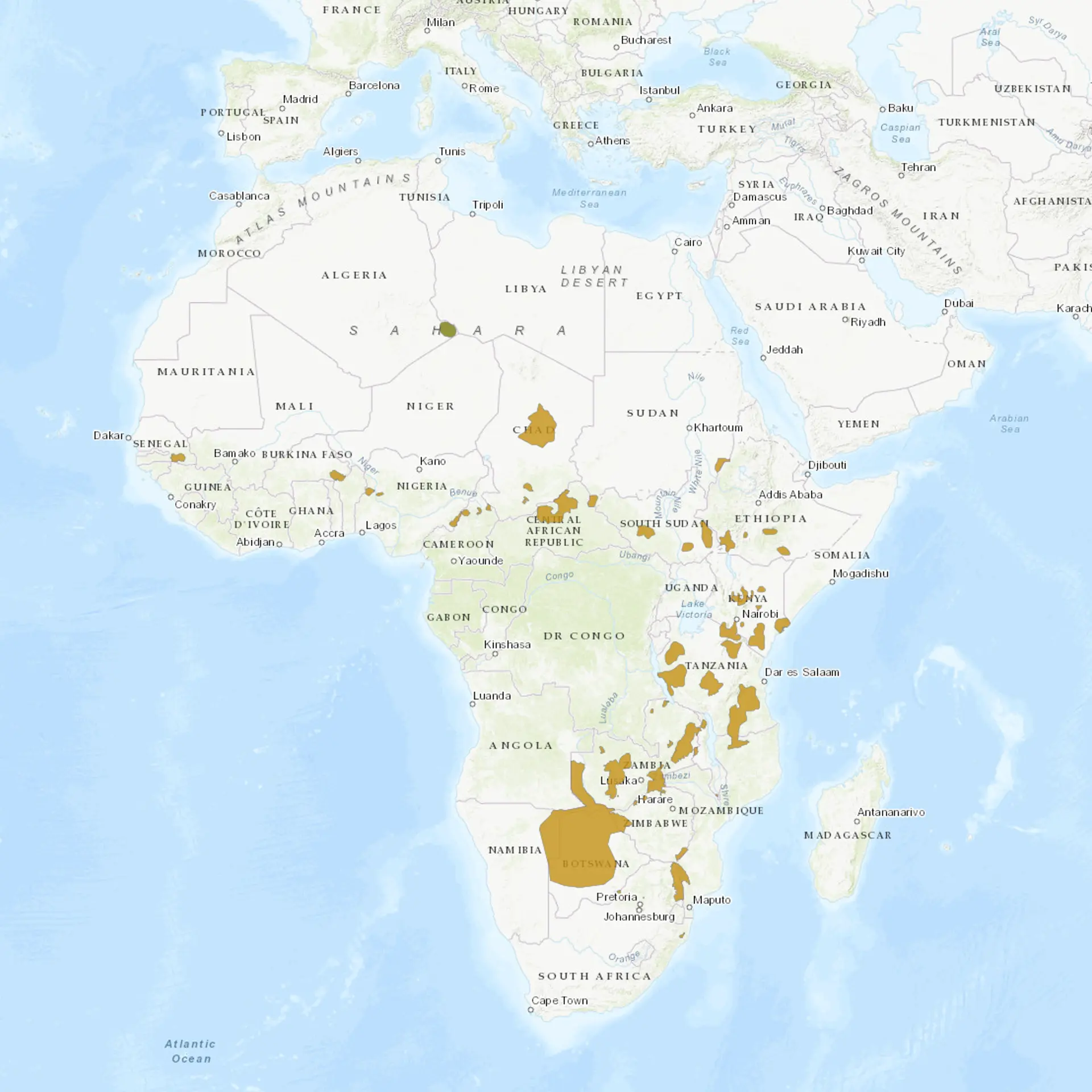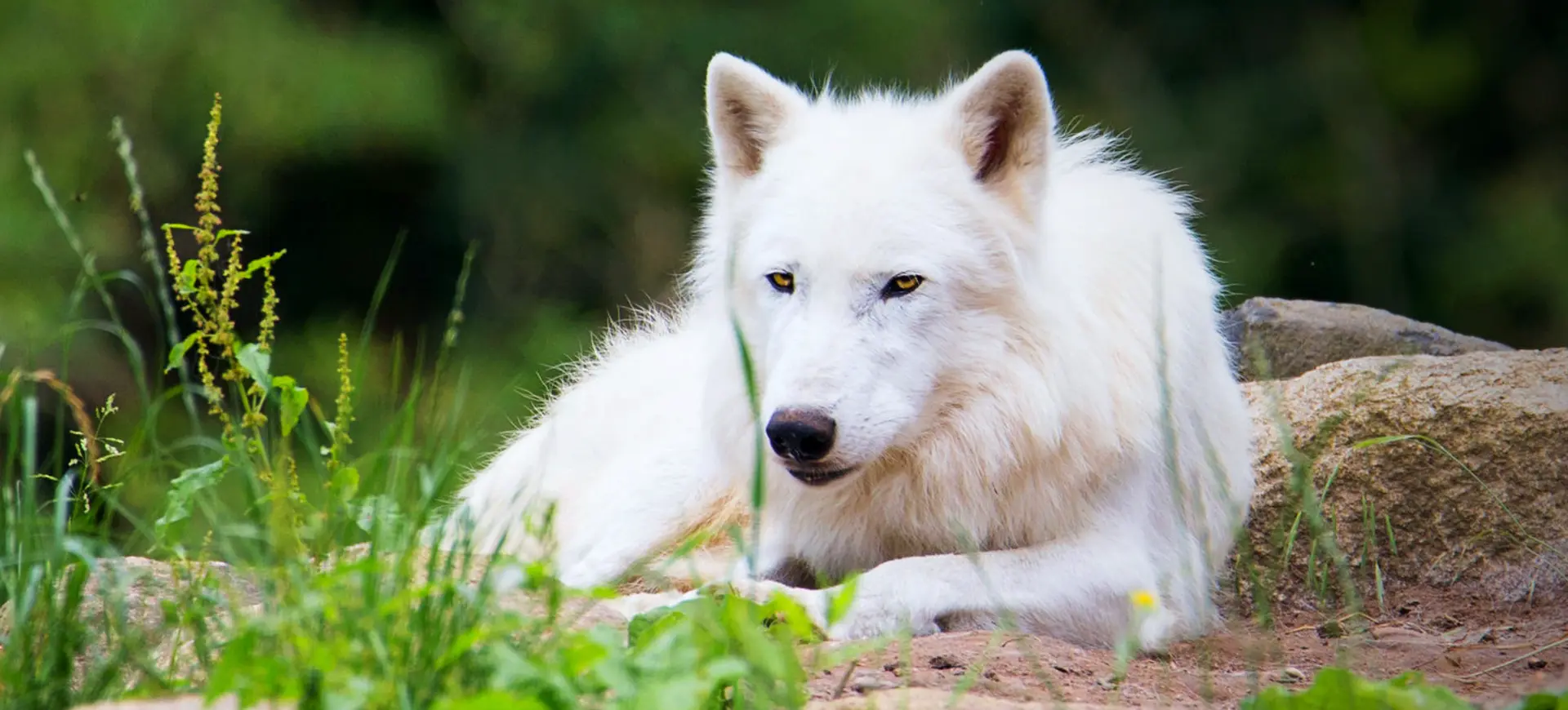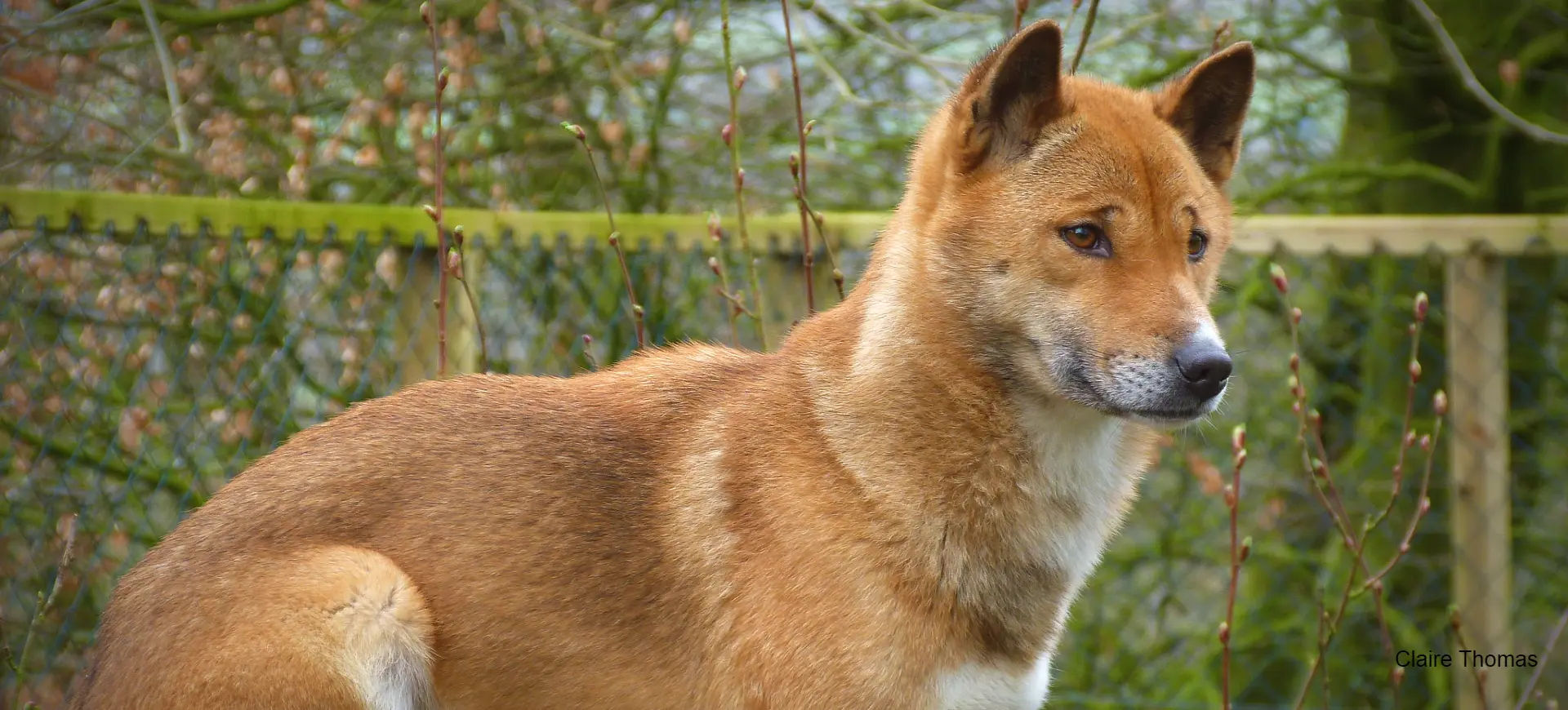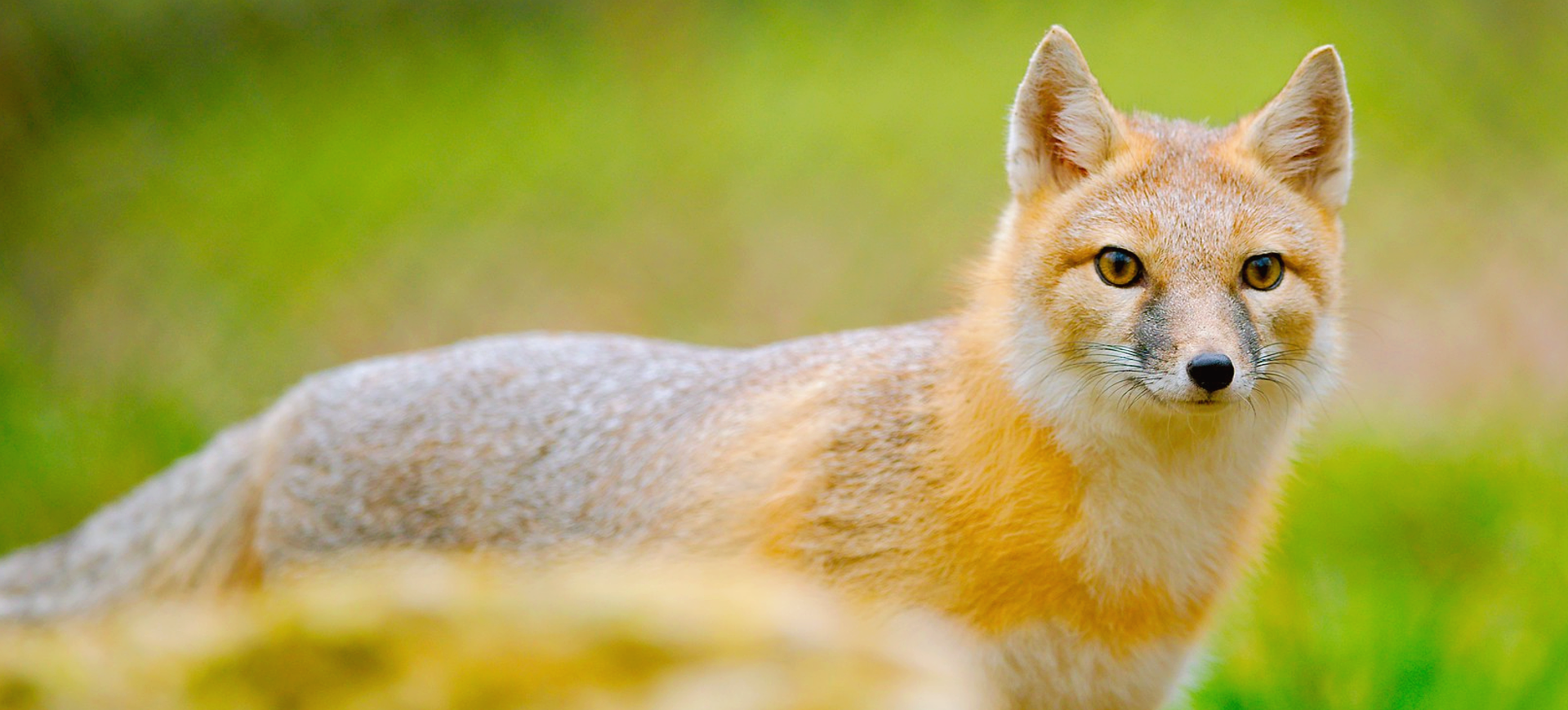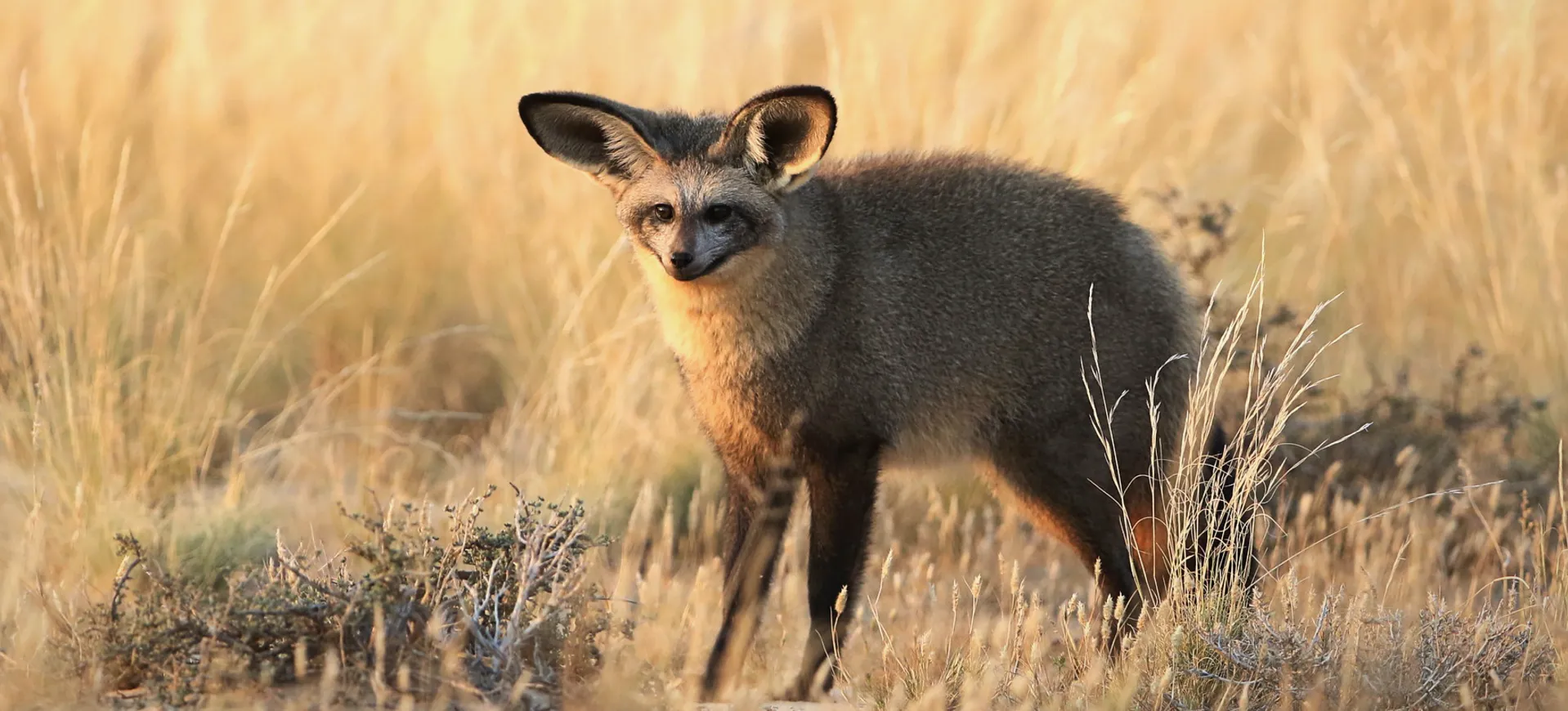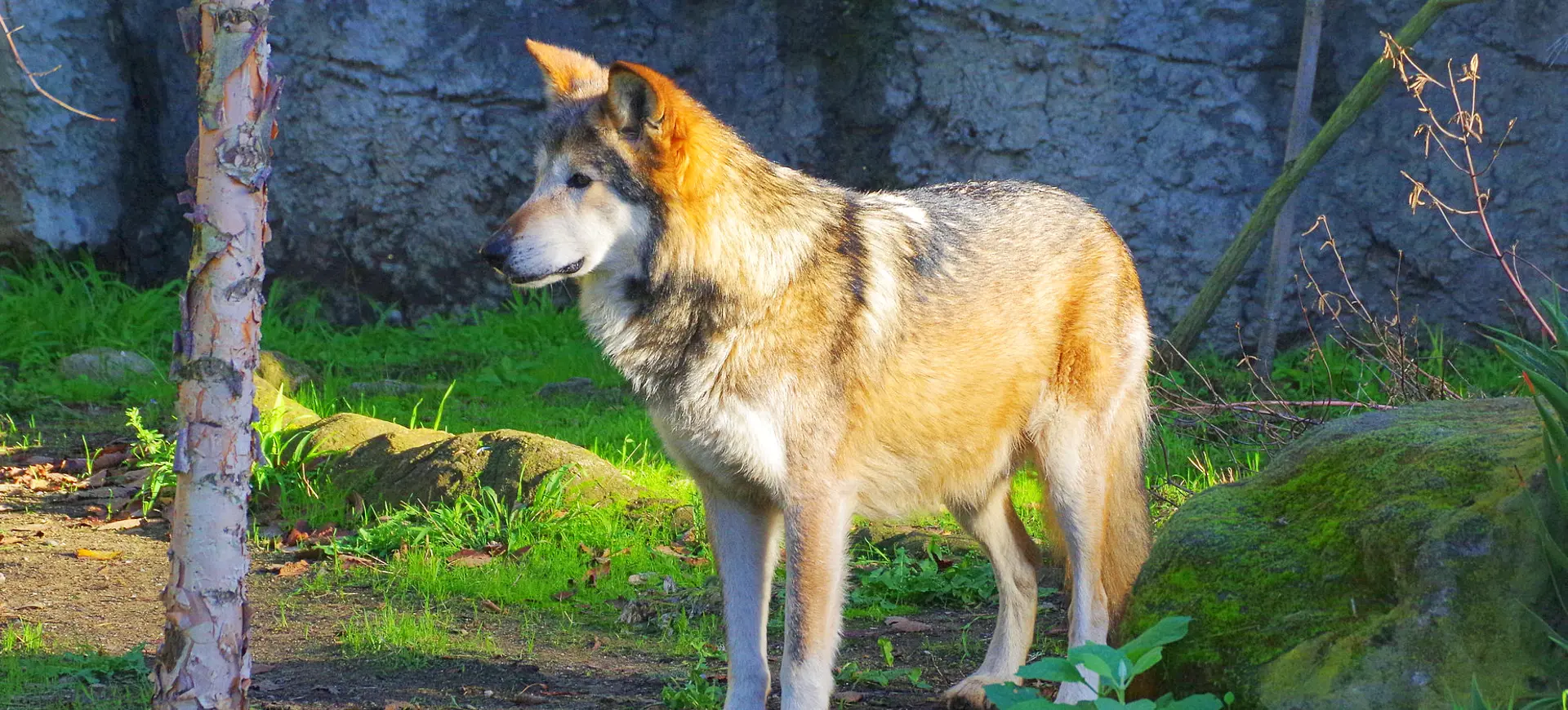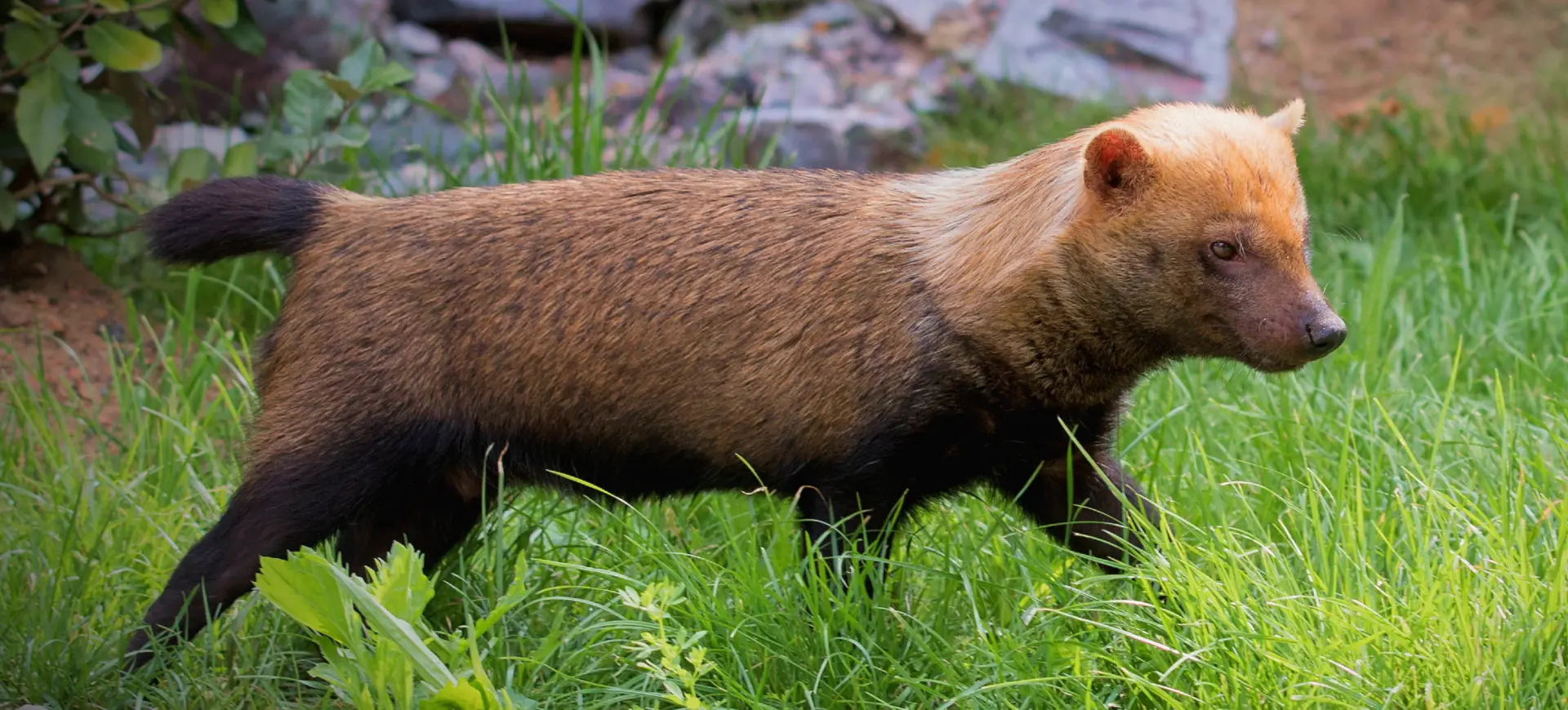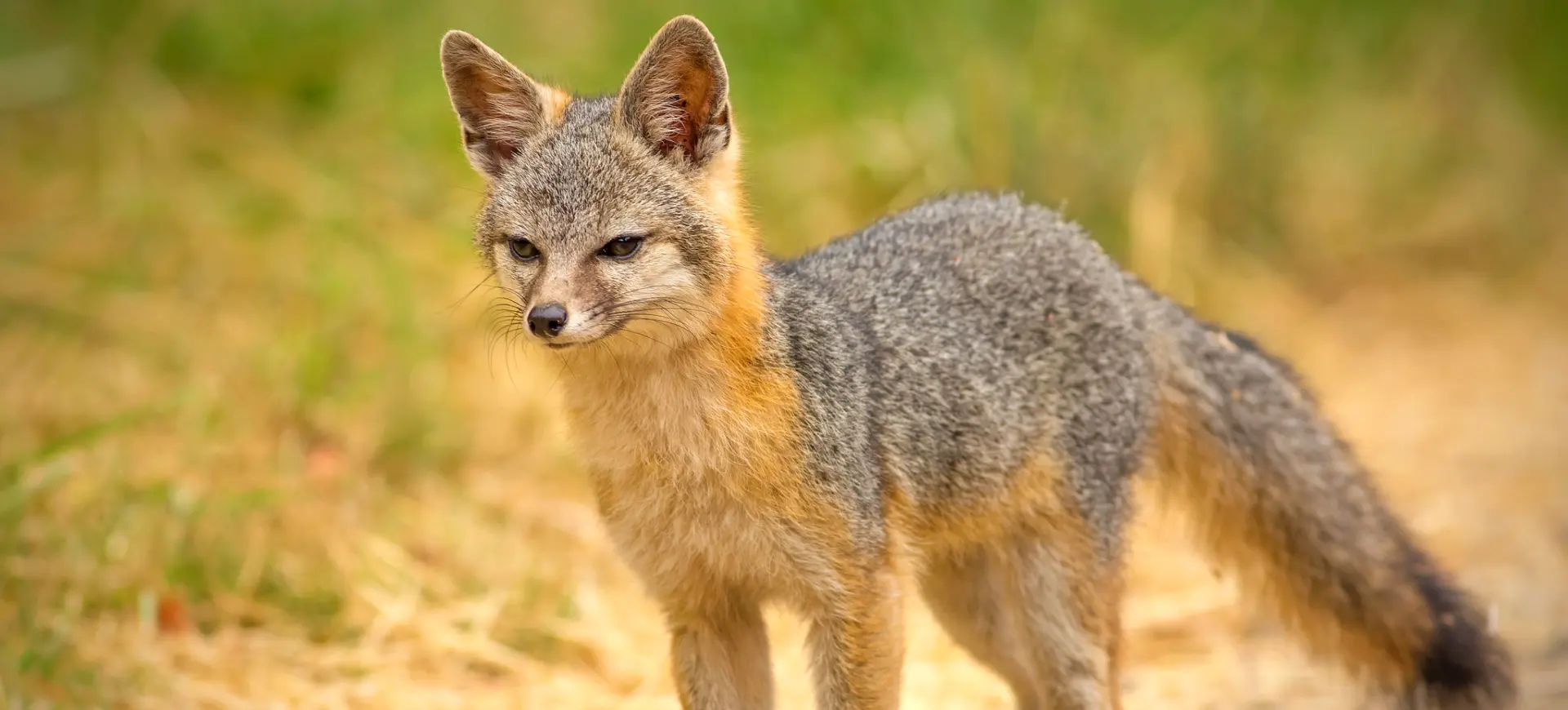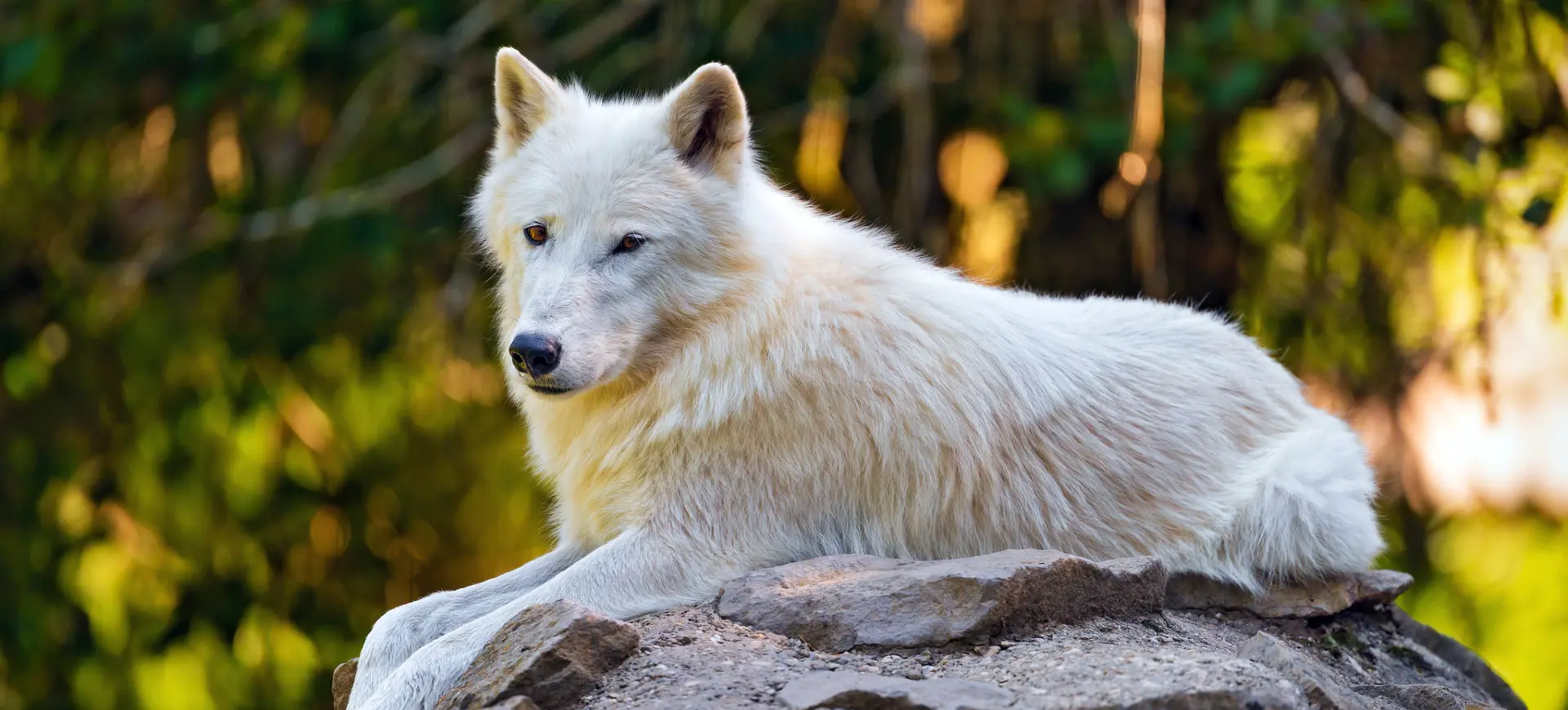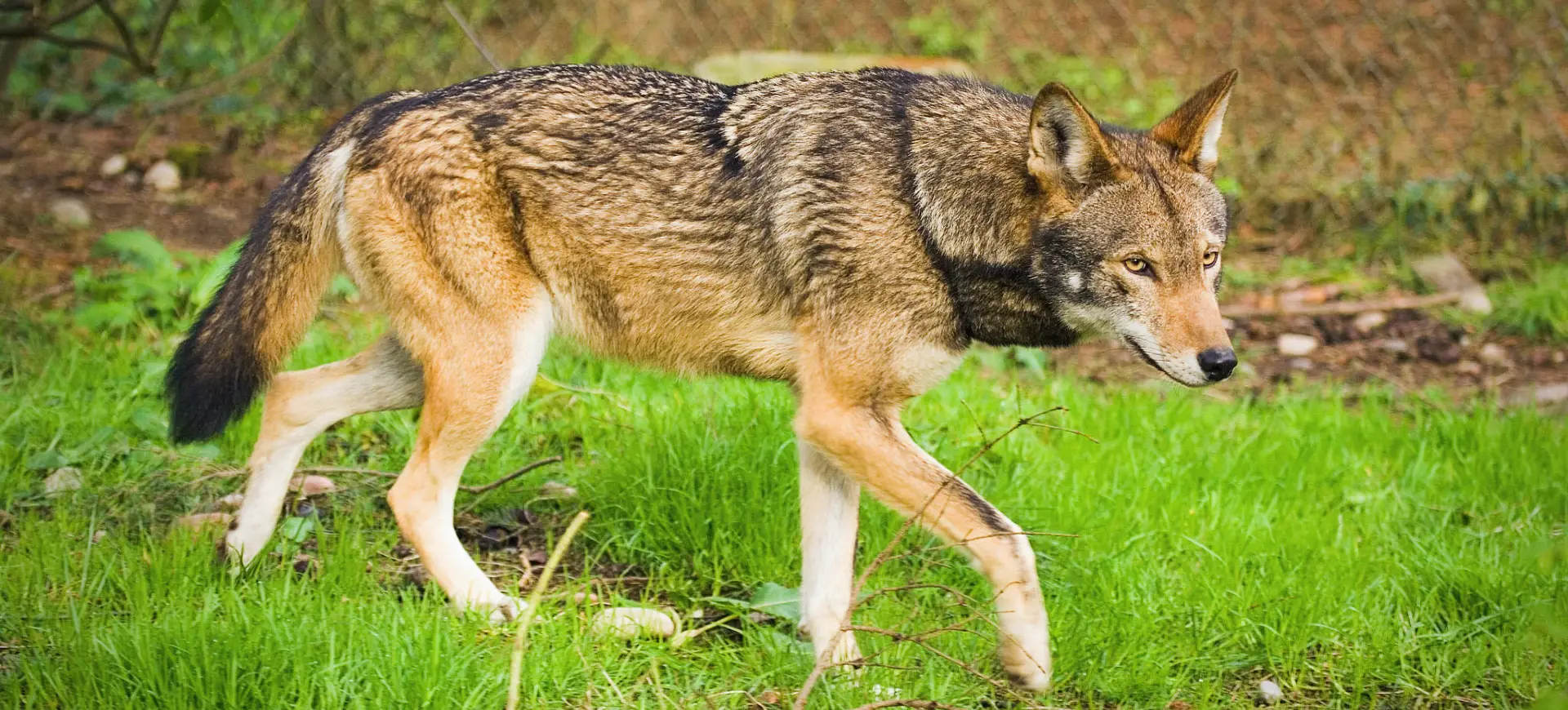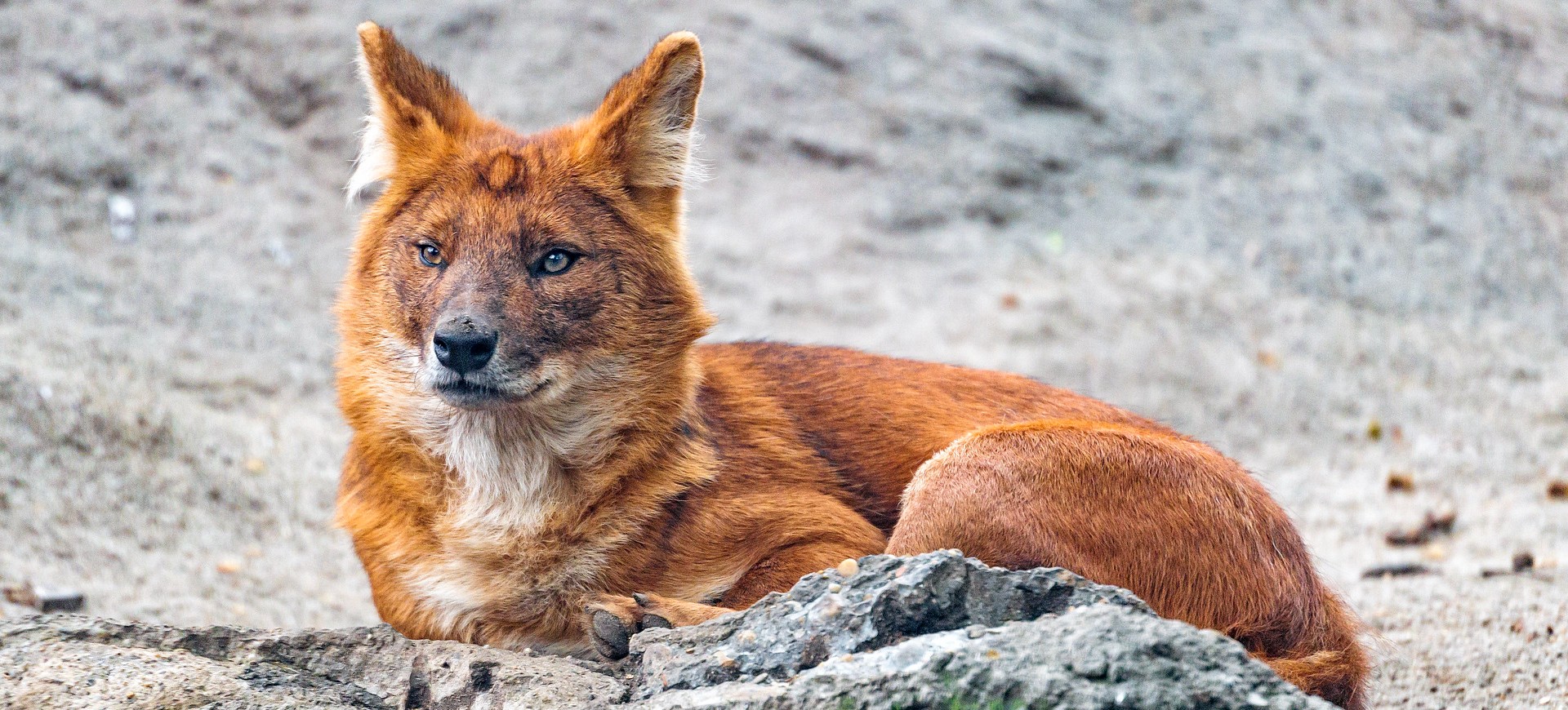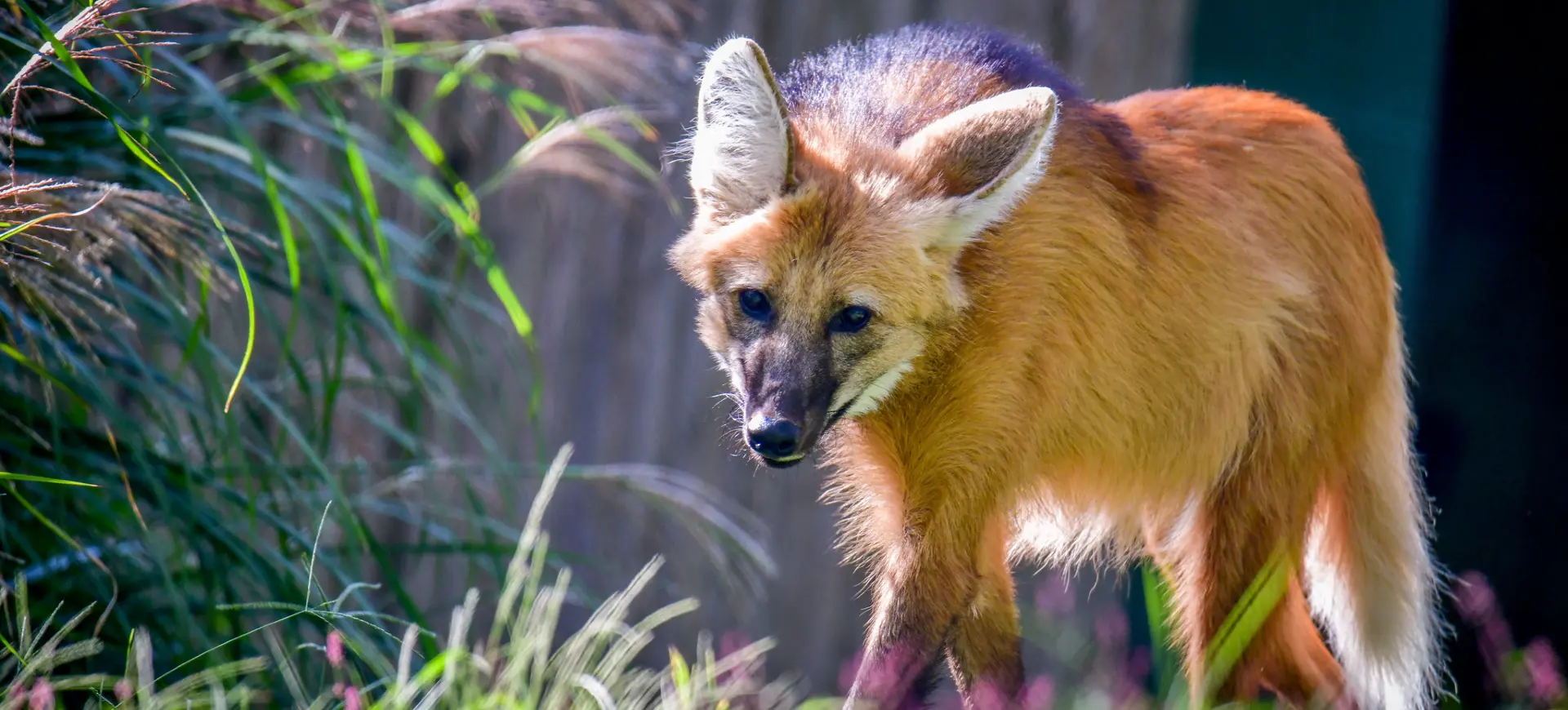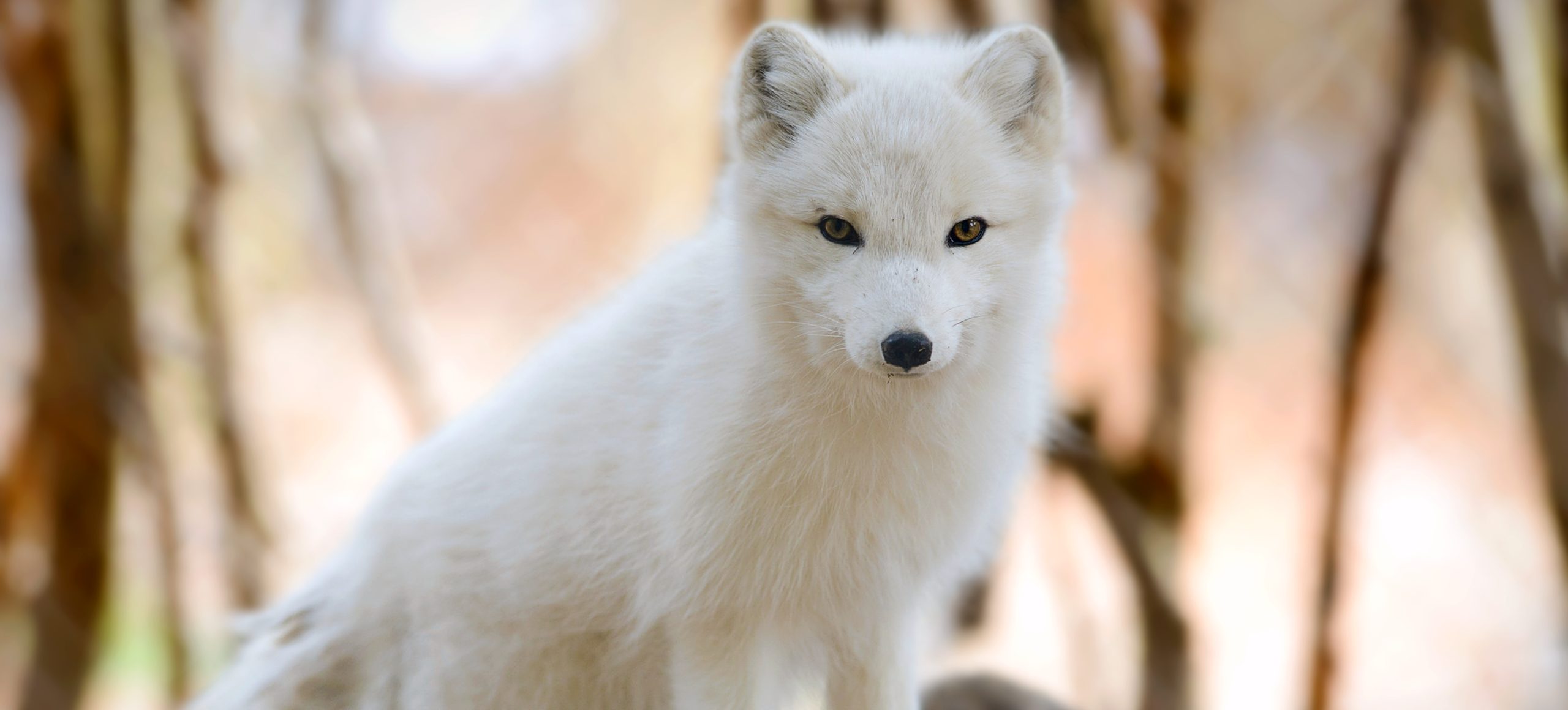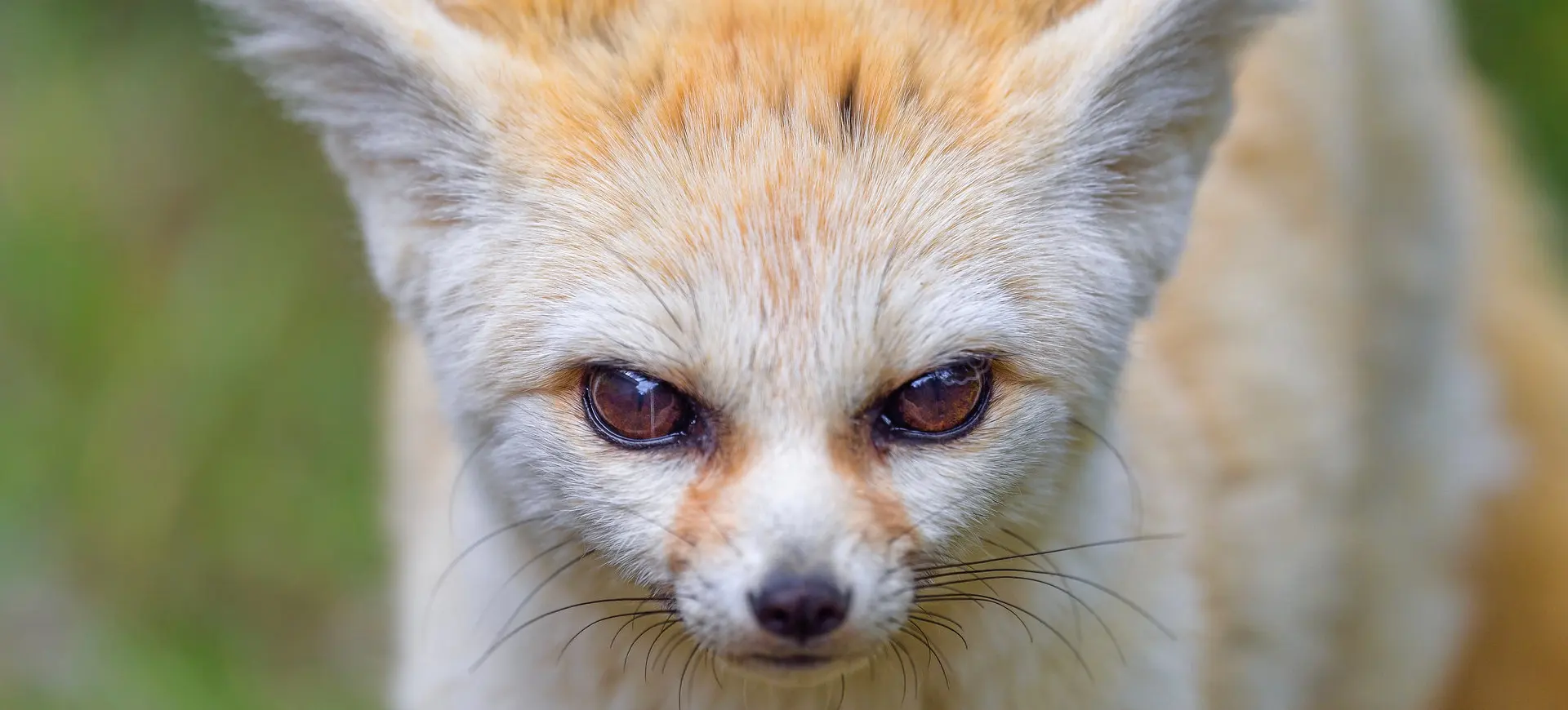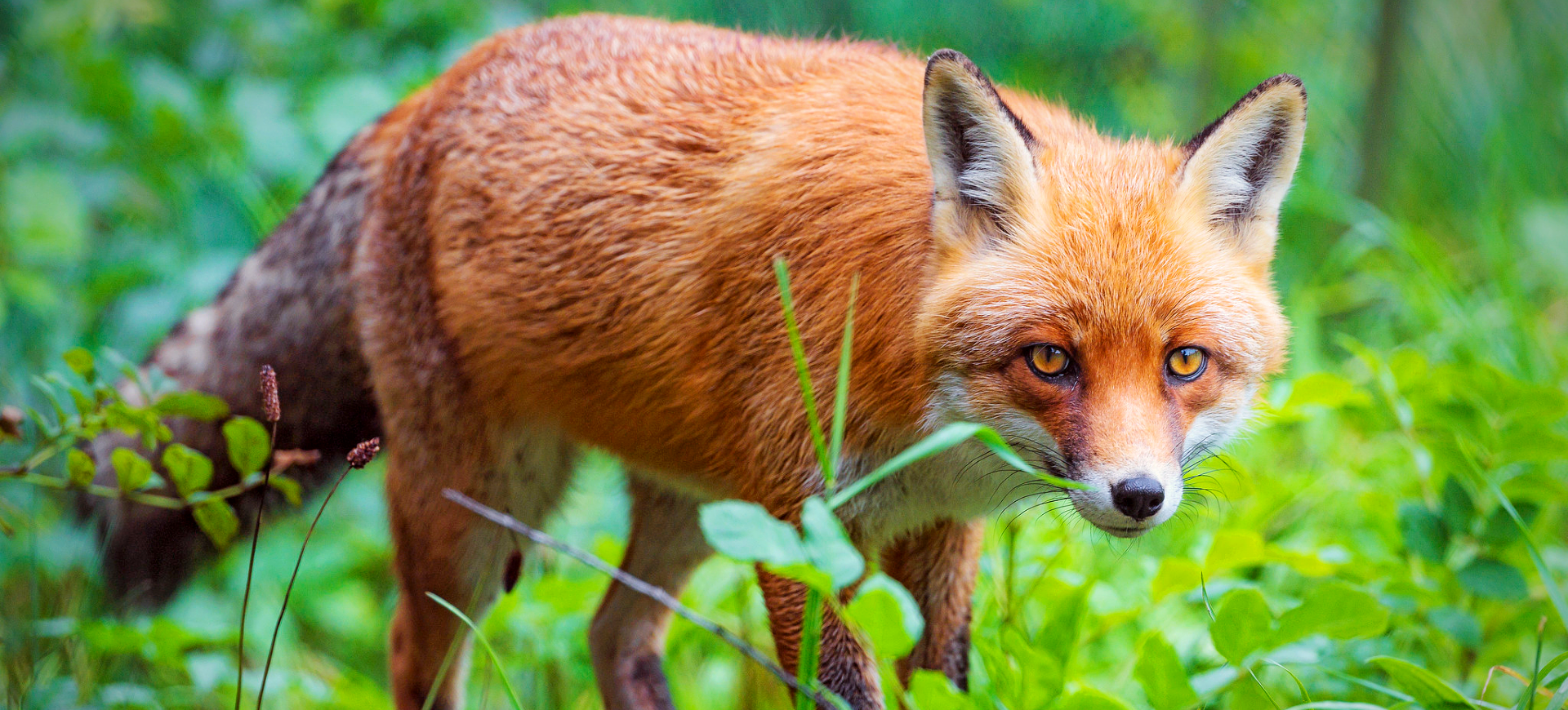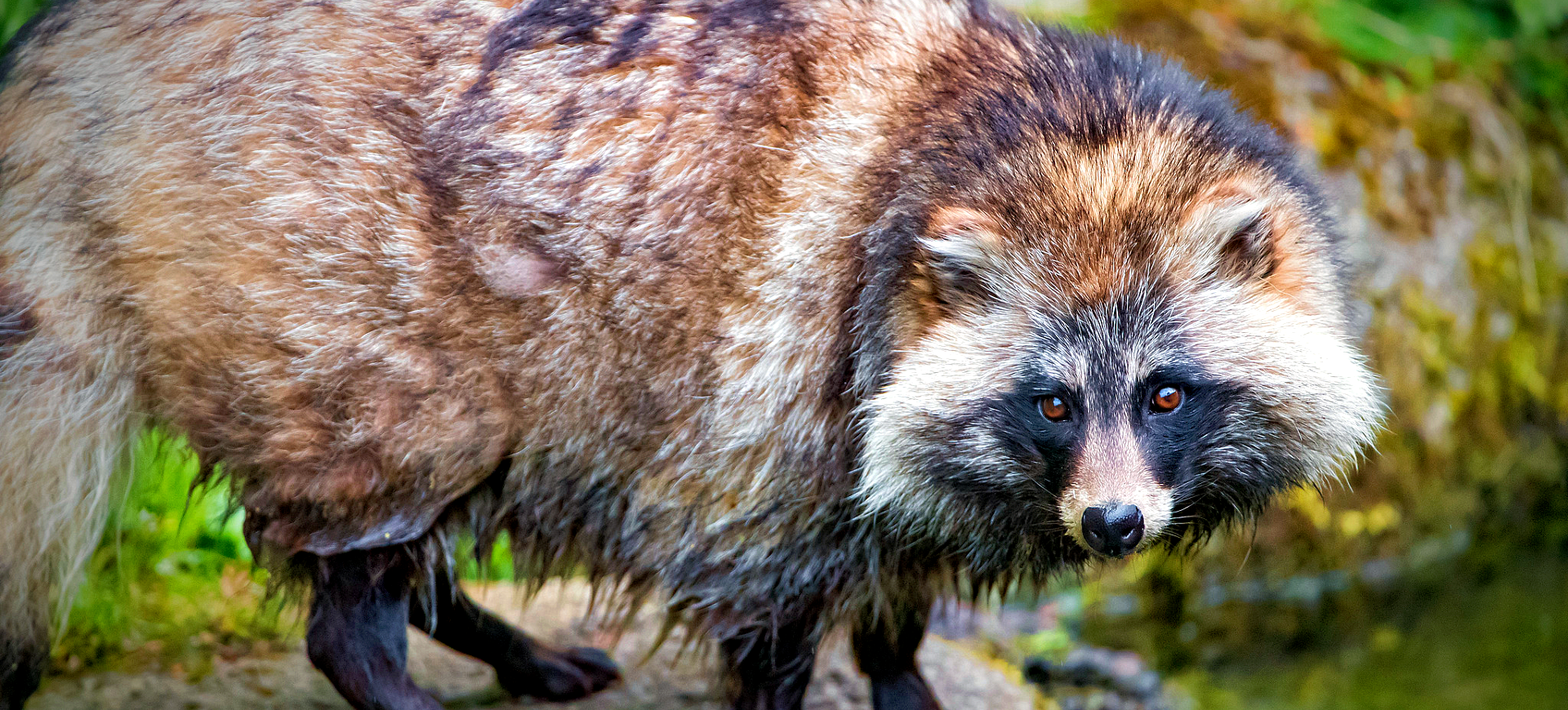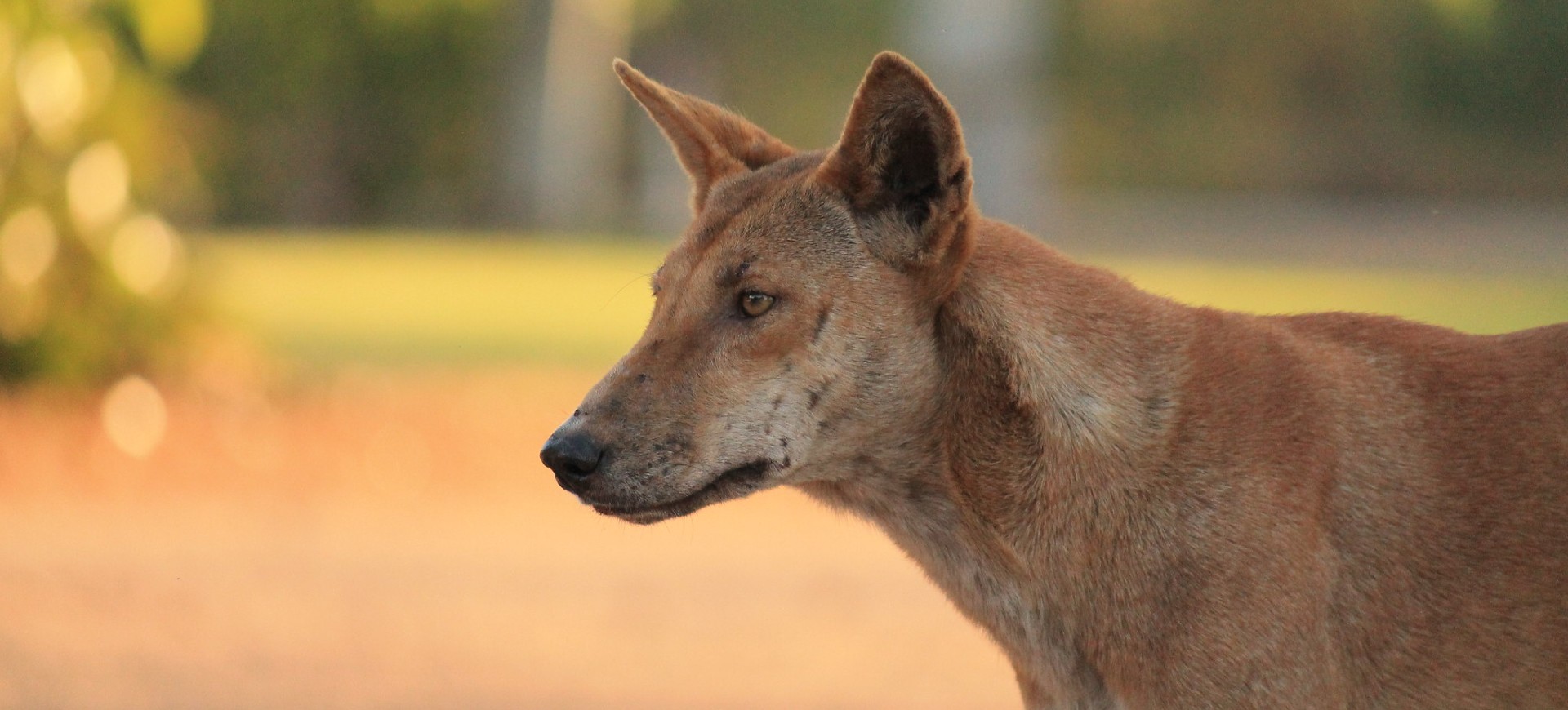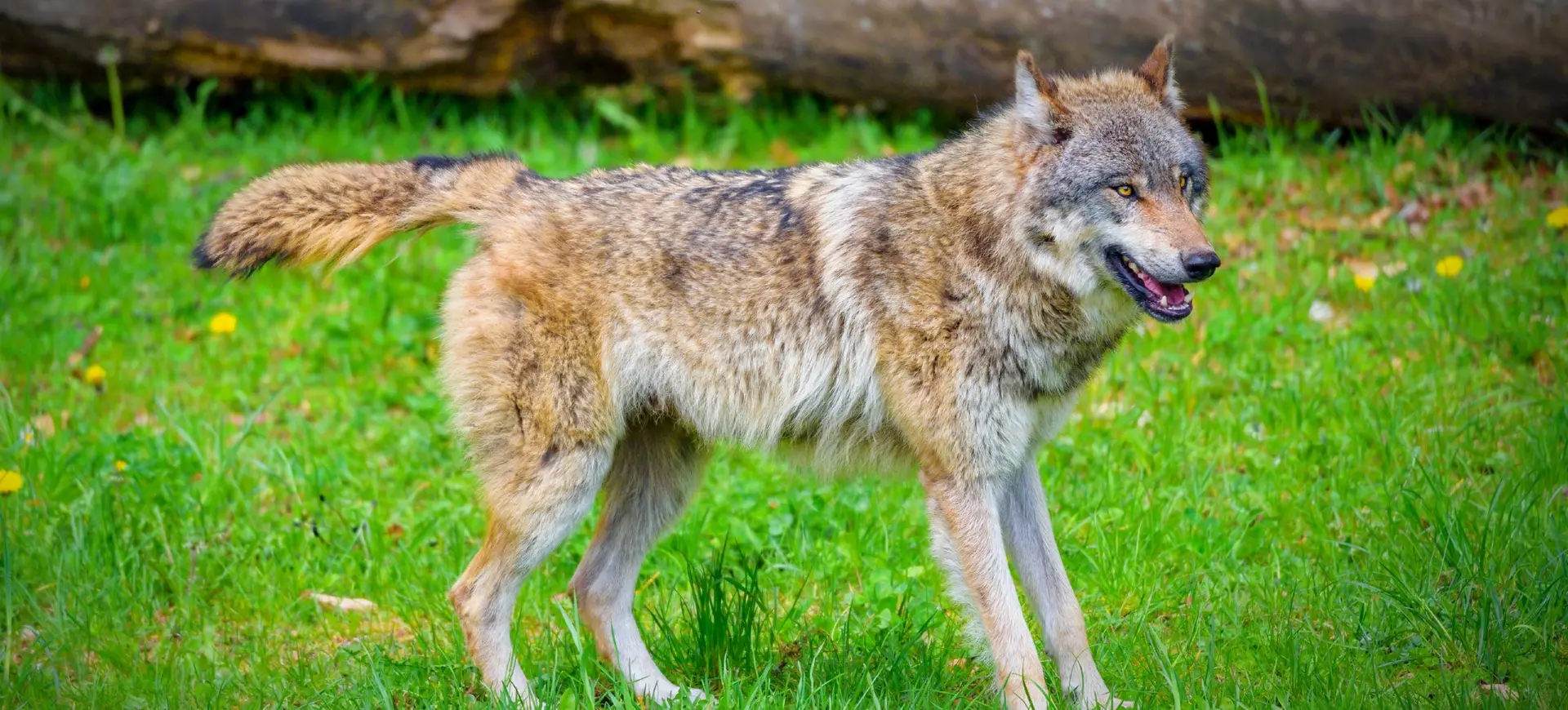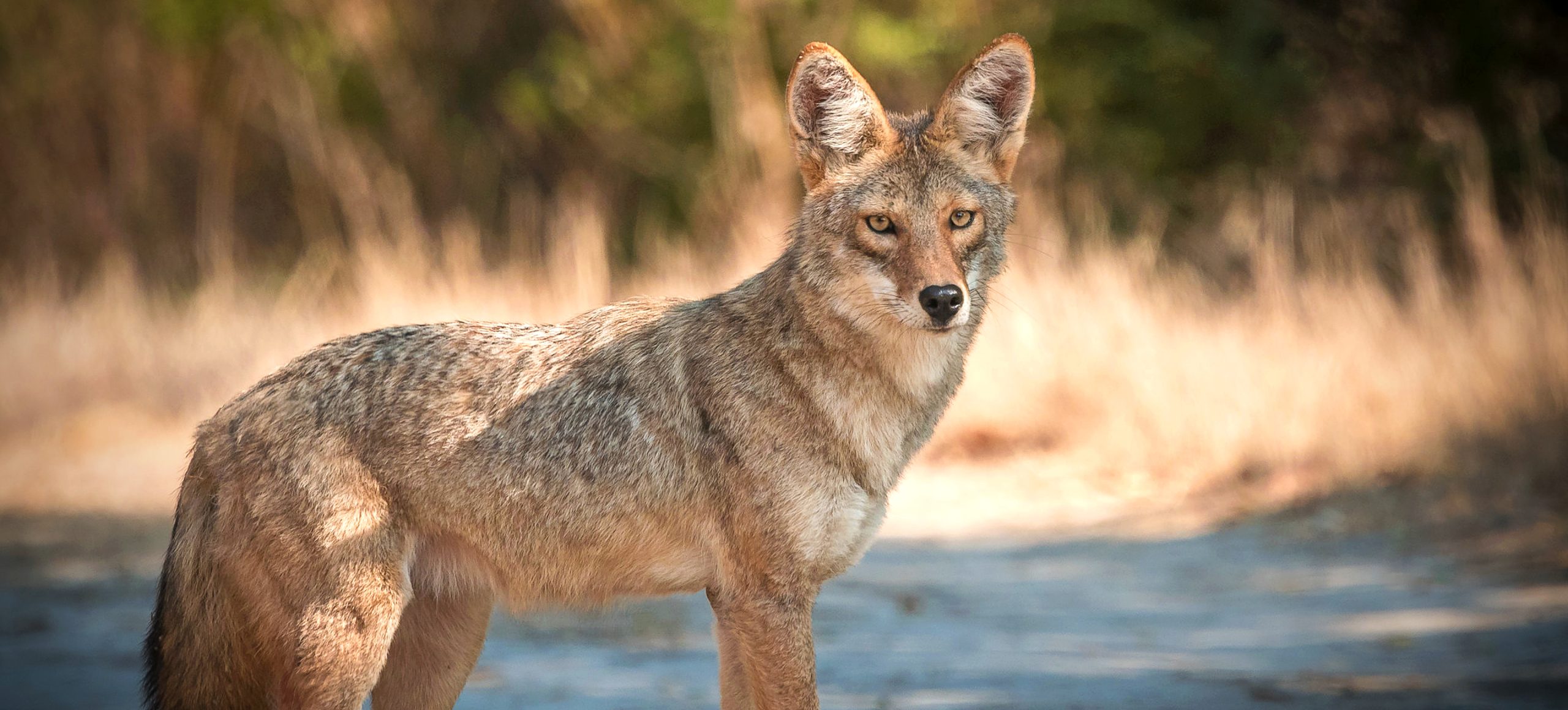Overview
The African Painted Dog, also known as the African Wild Dog or Cape Hunting Dog, is a unique species native to the sub-Saharan region of Africa. Noted for their distinctive fur patterns featuring a red, black, brown, white, and yellow patchwork, they stand out in the canid world. The pattern is individual to each dog, akin to human fingerprints, providing each with a unique identity. They are scientifically referred to as Lycaon pictus, translating to ‘painted wolf,’ this species is part of the Canidae family. However, they are distinguished as the sole extant member of the Lycaon genus.
Painted Dogs are highly social animals known for their complex social structure, residing in packs and following intricate hierarchical rules. They exhibit cooperative behavior, especially notable during hunting, where they coordinate and strategize as a unit, showcasing a distinct level of intelligence among wild species.
Despite their close-knit community structure and hunting prowess, the African Painted Dogs face a severe survival challenge. They are among the world’s most endangered mammals, facing rapid population decline. The main threats to their survival include habitat fragmentation, conflict with human activities, and diseases like canine distemper and rabies, underscoring the urgent need for comprehensive conservation measures.
Current distribution:
African Painted Dogs, often recognized by their distinctively mottled fur, are primarily located in select regions of Southern and East Africa. Their presence, albeit less dense, extends into the heartlands of Central and West Africa. These wild dogs exhibit a fascinating blend of resilience and adaptability, enabling them to survive in varied landscapes across the continent.
In specific terms, countries like Botswana, Kenya, and Mozambique are home to a considerable population of these remarkable canids. Further south, they can be spotted in South Africa, while towards the east, Tanzania has a noticeable population. In the central region, their footprints are seen in Zambia, while Zimbabwe in the southern belt also houses a portion of the species. Despite the geographical expanse of their habitats, African Painted Dogs face increasing threats, making their continued presence in these areas a matter of concern.
Physical Description:
African Painted Dogs are medium-sized canids that stand out due to their irregularly patterned coat and large, round ears. Each individual has a unique pattern of patches ranging from white to black, brown, yellow, and reddish. This unique pattern aids in camouflage but also helps members recognize each other.
They are lean-bodied and possess long, thin legs, adapting for speed and endurance while hunting. One of their distinctive features is their large, round ears, which serve a dual purpose. The ears allow for excellent hearing and aid in heat dissipation in their hot environment. Another distinctive trait is their dentition, specialized for a hypercarnivorous diet.

Lifespan: Wild: 10-12 years || Captivity: 15 years

Weight: Male: 55-79 lbs (25-36 kg) || Female: 39-55 lbs (18-25 kg)

Length: Male: 35-41 in (89-104 cm) || Female: 30-37 in (76-94 cm)

Height: Male: 28-30 in (71-76 cm) || Female: 24-28 in (61-71 cm)

Top Speed: 44 mph (70 km/h)
Characteristic:
Native Habitat:
The African Painted Dogs, indigenous to Sub-Saharan Africa, are known for their adaptability to various environments. Their habitats extend from grasslands and savannas to woodland regions. They prefer areas with bush or forest, as such landscapes provide the necessary shelter and hunting cover. Despite their adaptability, there are certain terrains they tend to avoid, particularly dense forests and deserts, which are unsuitable for their lifestyle and hunting methods.
These canids lead to a highly territorial existence. Packs establish and maintain territories of diverse sizes, the dimensions of which are often contingent on the availability of prey in the area. They employ distinctive ways of marking their territory, using urine and feces as territorial demarcation. This helps communicate their presence to other packs and serves as a warning to potential intruders, ensuring the pack’s exclusive access to the resources within its territorial boundaries.
Biomes:
Biogeographical Realms:
Continents:
Countries:
Diet:
Diet & Feeding Habits:
African Painted Dogs are carnivores and highly efficient hunters, with a much higher success rate than big cats. They feed primarily on medium-sized ungulates, such as impalas and gazelles, but they can also take down larger prey like wildebeests, particularly if their pack is large. Occasionally, they also consume rodents, hares, and birds.
Their hunting strategy is a coordinated effort involving the entire pack. They usually hunt in the early morning and late afternoon, using their exceptional stamina to exhaust their prey in long chases. Once the prey is tired, the dogs can quickly bring it down. Unlike many other predators, African Painted Dogs will allow the young, sick, or old members to eat first.
Mating Behavior:
Mating Description:
The dynamics of a Painted Dog pack are intriguing, primarily ruled by the dominant alpha pair – male and female. This alpha pair is typically the primary breeding pair within the pack. Their unique relationship, exhibiting elements of both leadership and partnership, forms the cornerstone of the pack organization. The alpha pair’s breeding not only ensures the continuity of their lineage but also strengthens the social fabric of the pack.
However, the complexity of the pack’s social structure doesn’t end with the alpha pair. Occasionally, other females within the pack also breed, adding to the diversity and size of the pack. The timing of the breeding season is another fascinating aspect. While it varies across different geographical locales, in East Africa, it tends to occur during the latter part of the rainy season. This timing might be tied to the increased availability of prey during this period, providing the necessary resources for the pack to support new pups.
Reproduction Season:
Birth Type:
Pregnancy Duration:
Female Name:
Male Name:
Baby Name:
Social Structure Description:
African-painted dogs live in tight-knit, highly cooperative packs that range in size from 6 to 20 individuals, though packs of up to 40 have been reported in the past. An alpha pair leads the pack, typically the only breeding individuals, and the entire group works together to raise and protect the pups. Cooperation extends to all aspects of their life, from hunting and sharing food to caring for injured or sick members of the pack. Their social bonds are reinforced through regular grooming, play, and vocal communication.
Packs are nomadic and can cover vast distances searching for prey, often traveling 30 miles or more daily. They rely on vocalizations, body language, and scent marking to communicate and maintain cohesion within the group. Individuals separated from the pack will attempt to reunite using vocal calls and scent trails. The social structure of African-painted dogs is essential for their survival, as their cooperative hunting strategies and strong family bonds make them more resilient to environmental challenges.
Groups:
Conservation Status:
Population Trend:
The African-painted dog population has dramatically declined over the past century, with fewer than 6,000 individuals remaining in the wild. Their population is now fragmented into small, isolated groups across southern and eastern Africa, with some of the largest populations in Botswana and Tanzania. Captive populations, maintained through conservation programs, have grown to approximately 600 individuals, providing a backup for the species should wild numbers continue to decrease. The species’ nomadic behavior and need for large territories make it difficult to accurately track and protect all remaining individuals.
In the wild, population growth is hindered by habitat fragmentation, disease (particularly canine distemper and rabies), and human-wildlife conflict. Protected areas have become crucial to their survival, but competition with other predators and limited prey availability pose challenges even in these regions. Recent conservation initiatives focus on increasing genetic diversity in captive populations and creating wildlife corridors to help connect fragmented packs. Despite these efforts, the population trend remains on a downward trajectory.
Population Threats:
African-painted dogs face various threats, with habitat loss and fragmentation being among the most significant. Human encroachment, including agricultural expansion, road construction, and infrastructure development, has reduced their available hunting grounds and forced them into smaller, more isolated populations. Disease transmission from domestic dogs, such as rabies and canine distemper, has also caused severe population declines. Human-wildlife conflict is another major issue, as African-painted dogs are often killed by farmers who view them as a threat to livestock.
In addition to these threats, poaching and vehicle collisions pose significant dangers, especially in areas where roads intersect with their territories. The species’ reliance on large home ranges makes it particularly vulnerable to these threats, as it often roams beyond the borders of protected areas. Conservation efforts must address these issues through increased habitat protection, disease management, and better coexistence strategies between humans and wildlife. If these threats are not mitigated, the species may face extinction in the wild within the next few decades.
Conservation Efforts:
Conservation efforts for the African-painted dog include establishing and expanding protected areas where they can safely roam and hunt. Programs like the African Wildlife Foundation and the Painted Dog Conservation Project are actively involved in preserving their habitat and reducing human-wildlife conflict. One key strategy has been creating wildlife corridors that connect fragmented populations, allowing for gene flow and reducing the risk of inbreeding. Anti-poaching measures, such as patrols and awareness campaigns, have also helped reduce illegal killings.
Disease management is another critical focus, with vaccination programs to reduce the transmission of canine diseases like rabies and distemper from domestic dogs to wild populations. Conservationists also work closely with local communities to implement livestock protection measures, reducing the likelihood of retaliatory killings. Captive breeding programs are in place to maintain genetic diversity and provide individuals for potential reintroductions. Continued international collaboration is essential to ensure the survival of this iconic species.
Additional Resources:
Fun Facts
- African Painted Dogs have a success rate of around 80% when hunting, making them some of the most efficient predators in the world.
- Each dog has a unique coat pattern, allowing for easy identification of individuals.
- Despite their name, African Painted Dogs are not dogs or wolves. They are a unique species that cannot interbreed with other canids.
- They have a unique “sneeze” communication to initiate group activities like hunting.
- African Painted Dogs have fewer toes than other canids, having only four on each foot.
- They are highly social animals, often caring for sick or old pack members.
- Unlike many other predators, African Painted Dogs allow the young, sick, and old to eat first after a kill.
- Their large, rounded ears help them with heat dissipation and excellent hearing.
- African Painted Dogs communicate through vocalizations, including hoots, growls, and high-pitched twittering.
- A litter of African Painted Dogs can have as many as 20 pups, the most of any canid.


